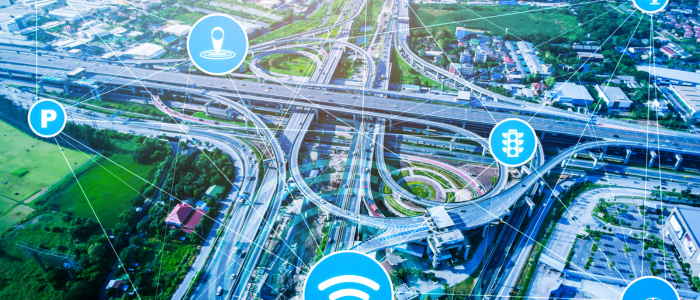
Using Artificial Intelligence to Improve Parking Operations
The use of AI and intelligent automation in parking technology can lead to significant improvements in the user experience, operational efficiencies, and revenue generation of parking facilities.

Park Agility is a business focused on the improvement of parking operations. We are first and foremost a technology company that has used intelligent automation from year 1, so it should come as no great surprise to learn that we are also a committed adopter of Artificial Intelligence (AI). Some algorithms and solutions are internally developed, whilst others derive from the solutions of partners such as SONAH and Plate Recognizer.
The capabilities of AI continue to evolve and its use in everyday life is becoming mainstream. The use of AI and intelligent automation in parking technology can lead to significant improvements in the user experience, operational efficiencies, and revenue generation for parking facilities in several ways:
User Experience
AI-powered parking solutions, mobile apps, parking guidance and modern Automated License Plate Recognition (ALPR) based access control solutions provide drivers with information on real time parking bay availability, rates and wayfinding, including directions to their reserved spots. They also support greater security with payments and contactless entry and exit, which improves convenience and safety for users.
Dynamic Pricing and Revenue Optimisation
Utilising AI to analyse historic data that considers parking demand, peak usage times, and seasonal patterns means pricing can be optimised, enabling facility operators to ensure competitive pricing based on real-time demand.
Predictive Parking Demand
Using the historical data mentioned above and taking into consideration trends in usage and repeat custom means AI can help with predicting parking demand patterns. This data can then be used for better resource planning such as staffing levels and maintenance scheduling, as well as adjusting price based on anticipated demand.
Automated License Plate Recognition (ALPR)
AI-powered ALPR systems such as that from Plate Recognizer can identify license plates to automatically open gates, charge fees, and monitor vehicles and usage patterns. As technology has improved, machine learning and AI capabilities have enabled enhanced accuracy. Allowing solutions to read plates with high accuracy, even in dark car park environments with sharp angles, and cars on the move, means there can be seamless, contactless entry and exit, eliminating the need for tickets and contributing to reduced congestion at peak hours.
Real-Time Parking Space Detection and Guidance
Once inside a parking facility, drivers benefit from AI algorithms that quickly evaluate data from cameras and other sensors to detect available parking spaces in real-time. Automated wayfinding signage can then guide drivers to vacant spots, reducing the time spent searching for parking and improving overall traffic flow.
Enhanced Security and Theft Prevention
By using AI to monitor video feeds, unusual behaviour such as loitering or forced entry attempts can be detected, alerting security personnel in real time. This helps to prevent vehicle theft and break-ins, enhancing security and peace of mind for car park users. Past misbehaviours can also result in black listed number plates which in turn triggers alerts to operators when the vehicle re-enters a facility; thus also enhancing security and ethical behaviour.
Environmental Impact & CO2 Emissions Reduction
Parking guidance and automated parking solutions support more efficient traffic flows, helping to reduce congestion and the time spent searching for parking. As a result, vehicle emissions are significantly decreased. AI can also help optimise electric vehicle (EV) parking and charging spaces by monitoring their availability and predicting the length of charging sessions, supporting sustainability efforts and indirectly encouraging the adoption of EVs.
Customer Loyalty and Retention
AI can be used to improve the overall parking experience, which helps local businesses as well as parking operators with customer retention. For example, shopping centres can offer loyal customers personalised parking services such as reserved spots, by analysing past visits and using vehicle recognition capabilities.
Integration with Other Smart City Initiatives
Using AI does not have to be limited to one car park. Integrating with broader smart city infrastructure, such as traffic management and public transport systems, can contribute to smoother traffic flow and a better-connected city environment.
Benefits such as these makes AI a valuable tool for parking operators and city planners already. As the technology continues to improve, so too will the ways it can offer enhancements for customers and parking operators alike.
For trusted advice on the best technology for your car parking or precinct assets, talk to us today.


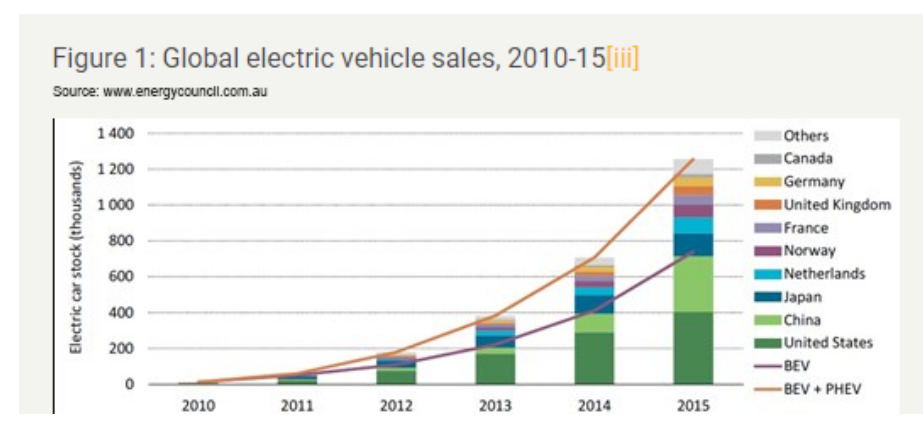


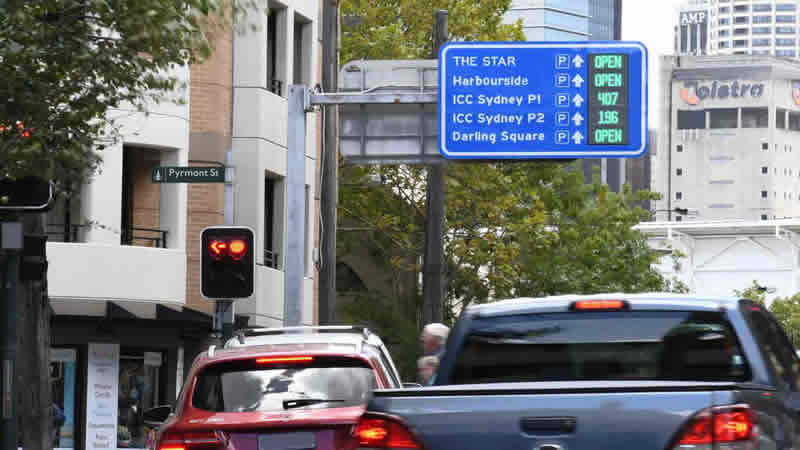
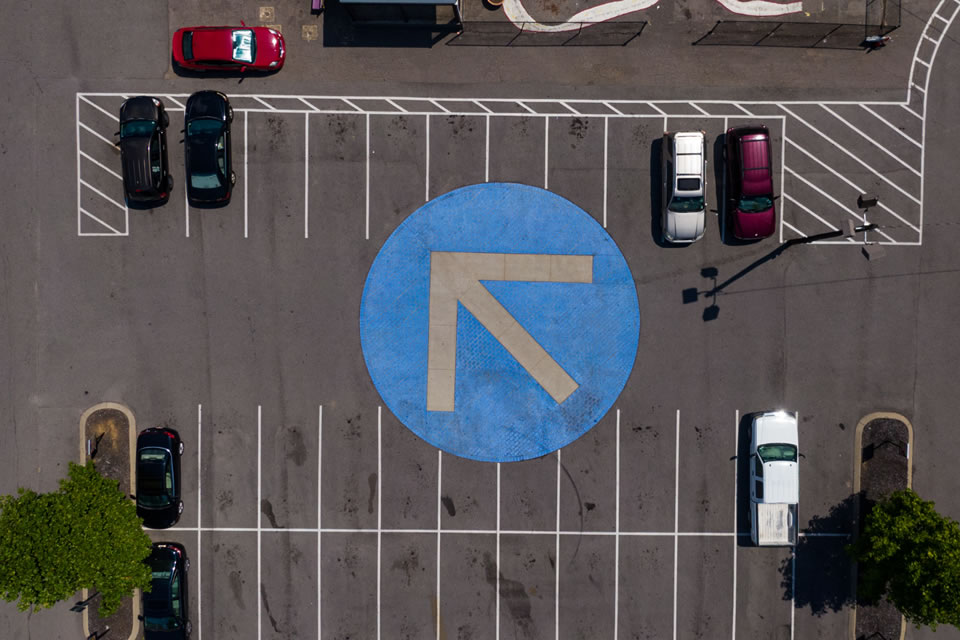
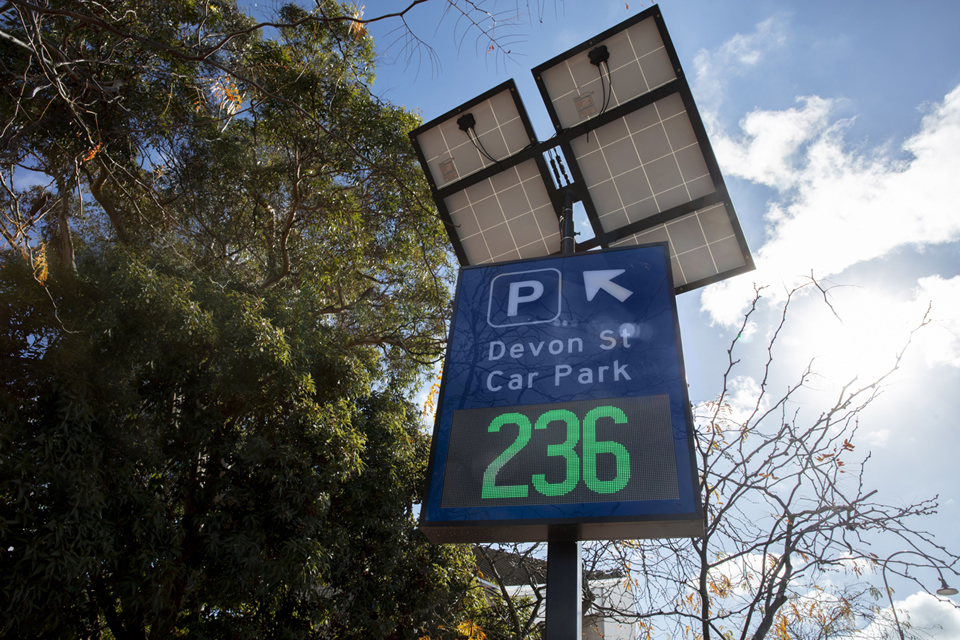
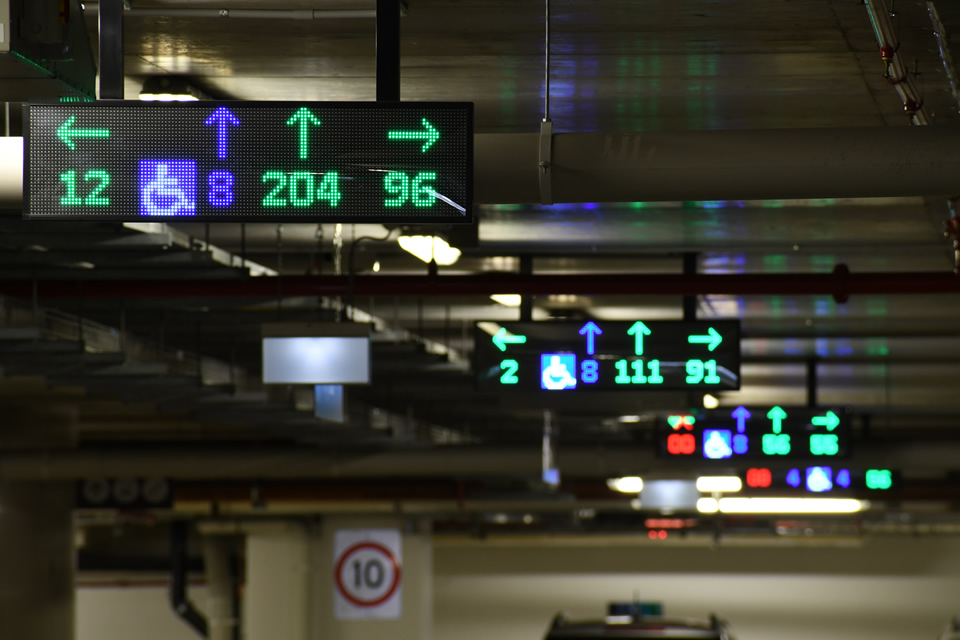
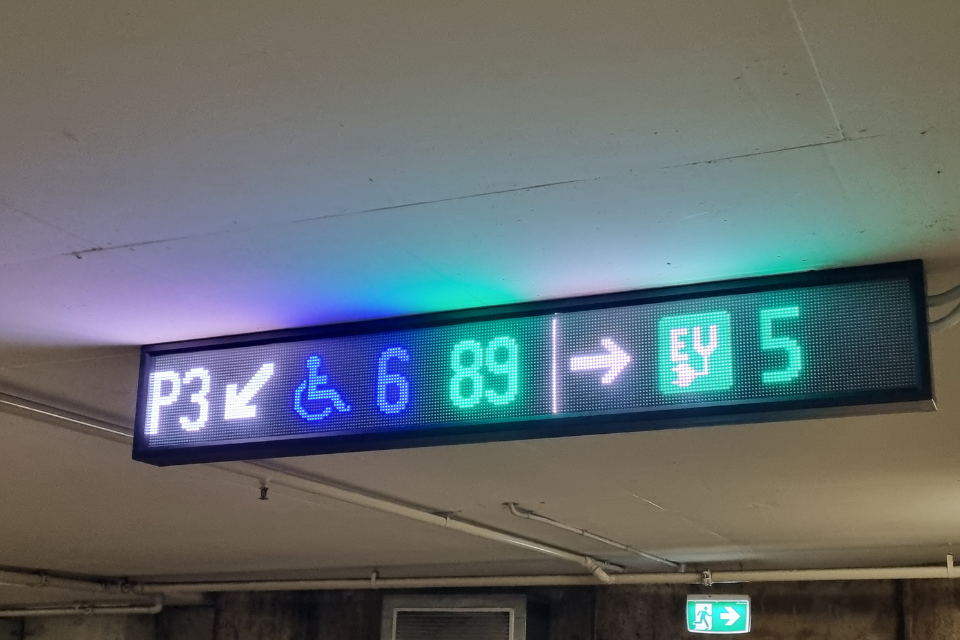
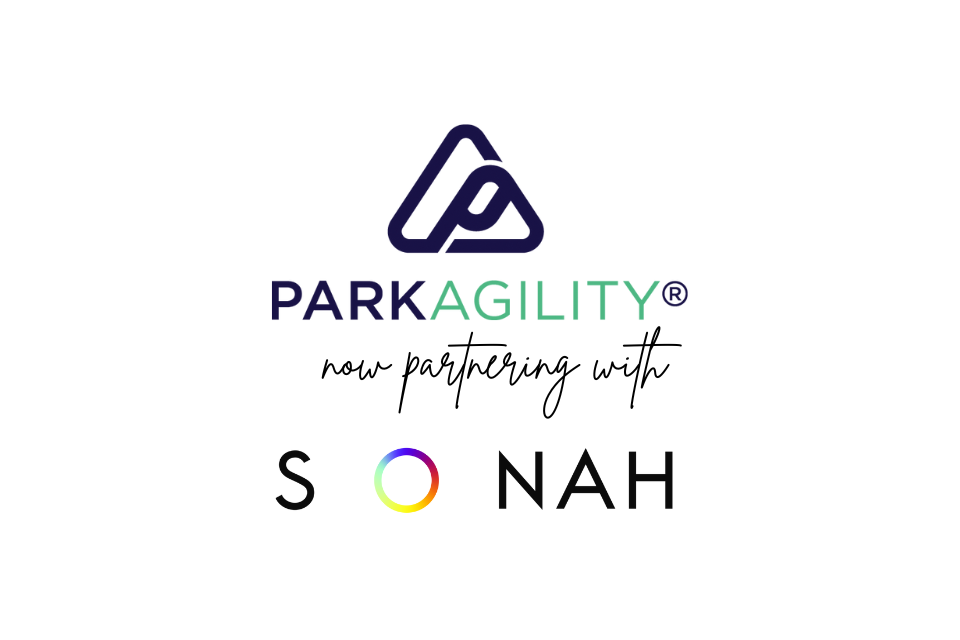
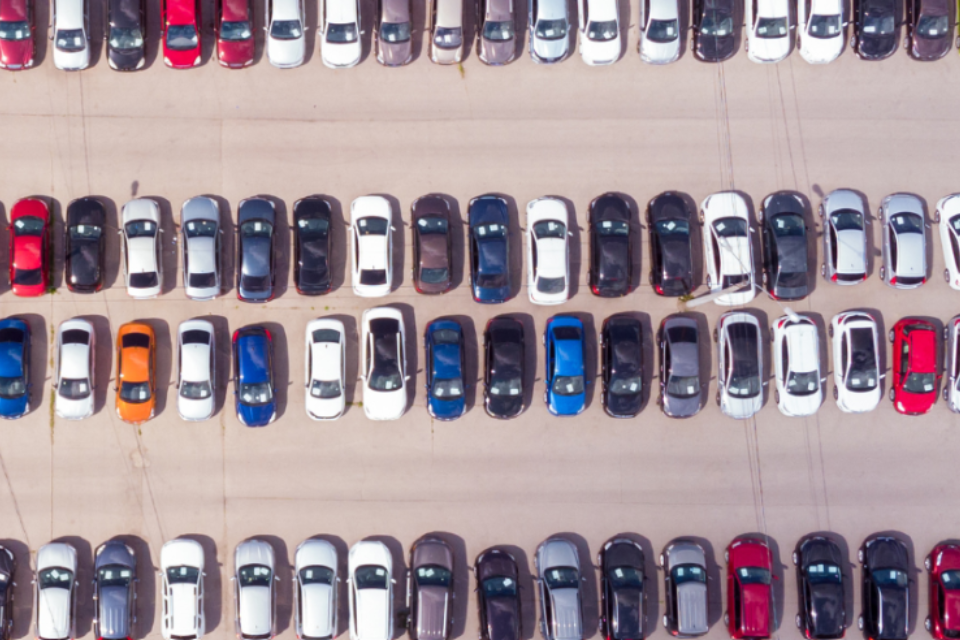
Recent Comments